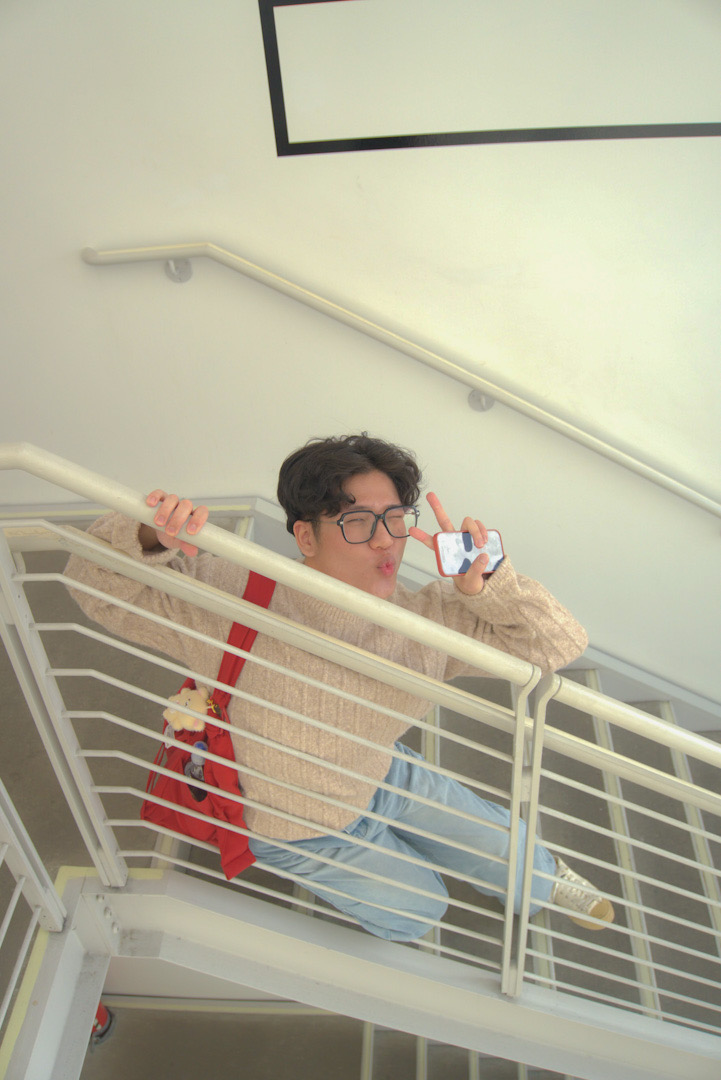Jimmy Onela
Ikebana—the Japanese art of flower arrangement—teaches us that beauty emerges not from abundance, but from intentional placement. Each branch, each bloom serves a purpose in creating harmony.
I apply these same principles to product design: every interface element carefully positioned, every interaction thoughtfully choreographed, every user journey designed with purposeful restraint.
Selected Works
The art lies not in abundance but in the thoughtful removal of excess—what remains must justify its presence. Each project here represents this philosophy: interfaces stripped to their essence, where every element earns its place through purpose and beauty.
NYC Transit Harmony
Redesigning the subway experience with zen principles, reducing cognitive load while improving accessibility for 5.5 million daily commuters.
Wellness Connect
A telehealth platform designed with mindful interaction patterns, creating trust and calm in digital healthcare experiences.
Artisan Collective
A marketplace celebrating local NYC craftspeople, designed with natural materials and organic layouts that honor traditional craftsmanship.
Financial Balance
Transforming complex financial data into intuitive insights through calm, balanced interface design inspired by natural harmony.
About Me & Design Philosophy
Hello, I'm Jimmy
Originally from Milwaukee, Wisconsin, I found my way to New York City where I've been exploring the intersection of digital marketing and user experience design. My journey into UX began during my studies in digital marketing at the University of Wisconsin, where I discovered that understanding user behavior was just as crucial as creating compelling campaigns.
When I'm not designing, you'll find me running through the park, sketching in coffee shops across the city, or hunting for the perfect matcha latte.

Design Philosophy
Just as each branch in an arrangement must earn its place, I believe every element in an interface should have a clear purpose—though I'm still learning how to identify what truly belongs and what doesn't.
The most powerful arrangements often say the most with the least.
Start with Purpose
Every design decision should solve a real user problem, not just look good. I'm learning to ask "why" before "how."
Embrace Constraints
Design constraints often lead to more creative and focused solutions.
Learn from Users
The best insights come from listening. I'm still developing my research skills, but user feedback always surprises me.
Stay Curious
Whether it's a new design pattern or a new branch arrangement, there's always more to learn and try.
"In ikebana, we don't just arrange flowers—we create space for beauty to breathe. The same is true for great interface design."